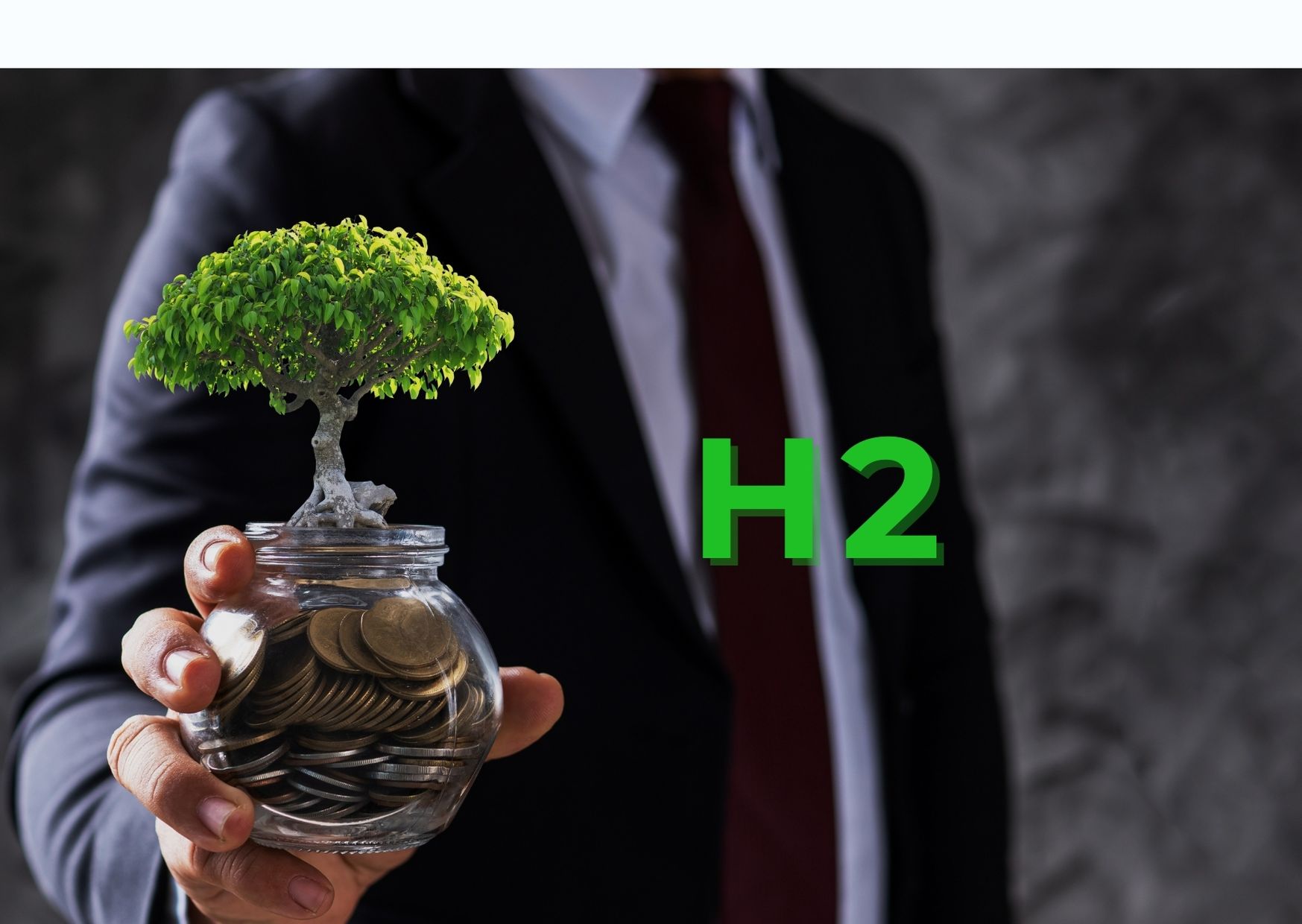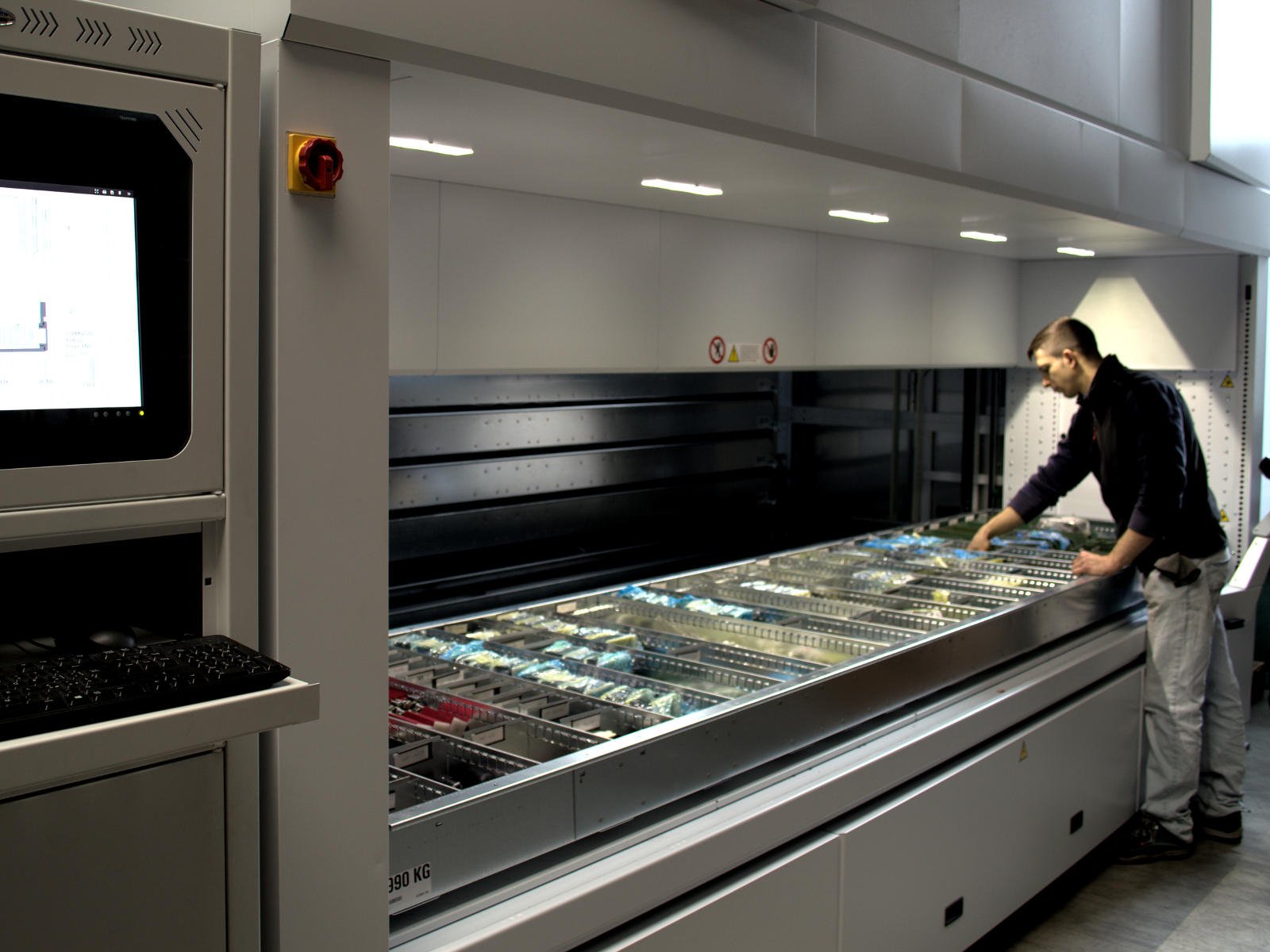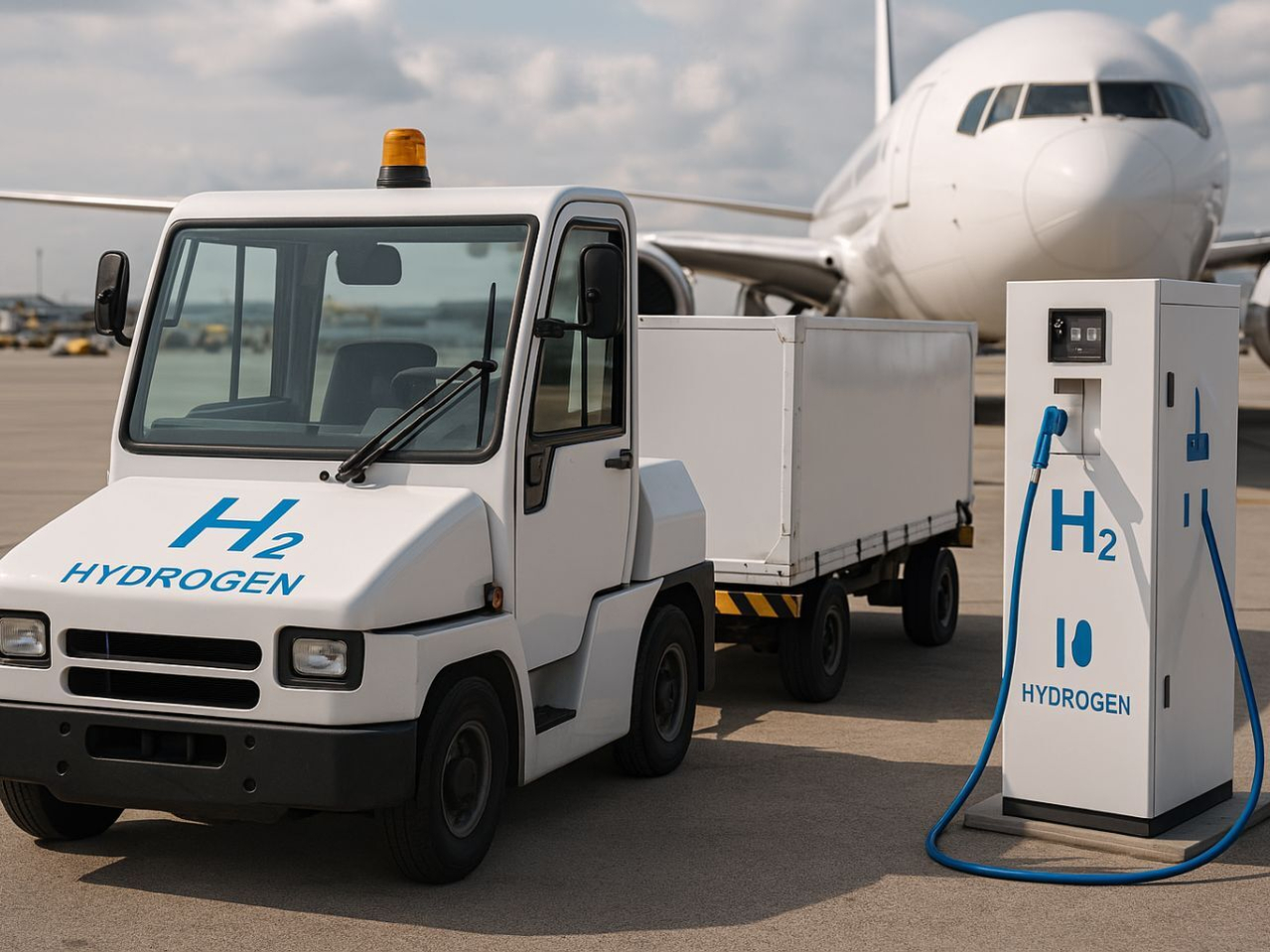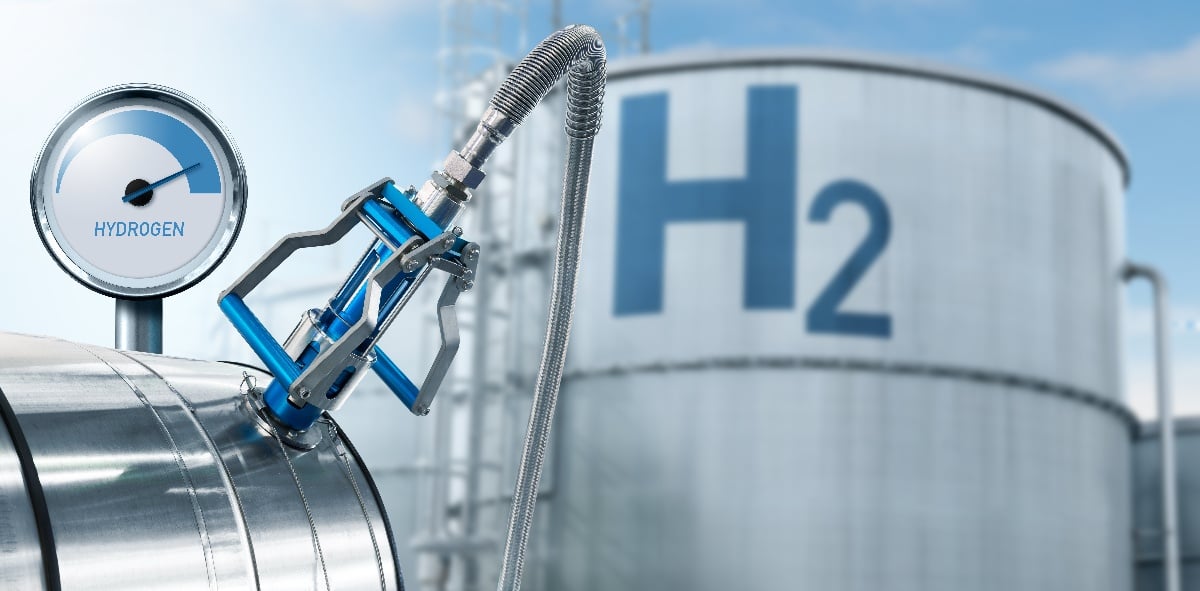
Hydrogen Supply Chain: how Production, Management, and Storage work together
The hydrogen supply chain represents a complex sequence of industrial and engineering processes that is essential for the production, transportation, and efficient utilization of this versatile energy element.
Its production, management, and utilization pose significant challenges that require an integrated industrial and engineering approach. Within this supply chain, three fundamental phases emerge.
At the foundation of the supply chain: Hydrogen production
Within the supply chain, it is crucial that hydrogen production occurs in the most sustainable yet efficient manner, a requirement that has led to various methrefoods for obtaining it:
- Electrolysis is one of the most promising methodologies, especially when the electrical energy used comes from sustainable sources. In this process, water is split into its fundamental components, hydrogen and oxygen, through the application of electric current within an electrolyzer, a device designed to facilitate this electrochemical reaction. The hydrogen produced through state-of-the-art electrolysis is highly pure and can have a wide range of applications, from powering fuel cell vehicles to the chemical industry.
- Another widely used method is methane or biogas reforming, which involves a chemical reaction between methane (or methane-containing biogas) and high-temperature steam. This process is highly efficient and economically advantageous, even though it produces not only hydrogen but also carbon dioxide. In modern facilities, carbon dioxide is captured and stored during the reaction through a process called 'CO2 capture,' preventing its release into the atmosphere and thereby helping to mitigate the environmental impact of the entire process.
- It is also possible to derive hydrogen from organic materials, utilizing thermal decomposition induced by a pyrolysis process. This is an intriguing solution as it can be combined with the disposal of organic waste and generates biochar as a byproduct. Biochar is a carbon-rich material that lends itself to various alternative uses, such as water filtration and remediation, insulation in construction, and soil amendment in agriculture.
The choice of the most suitable method depends on various factors, including raw material availability, energy efficiency, and environmental impact..
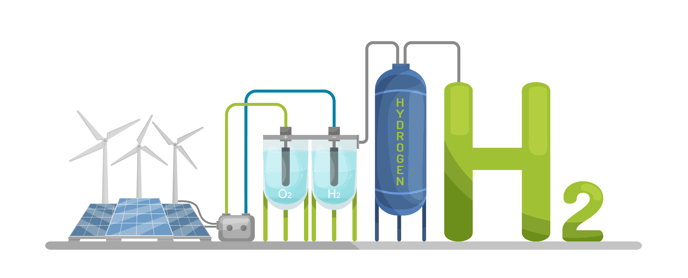
Hydrogen Management: Piping, Control, and Plant Safety
After production, hydrogen needs to be compressed at high pressure to facilitate its transport and distribution to storage or utilization facilities. This phase is of crucial importance in the entire supply chain and requires cutting-edge compression plants capable of handling hydrogen safely and efficiently.
Currently, hydrogen transport primarily occurs by road, utilizing specialized trucks and tanks suitable for compressed gas transport. While effective, this system has some limitations, including limited storage capacity and the need for specific route planning.
Not surprisingly, the market is increasingly emphasizing the need to develop a pipeline transport network for hydrogen, similar to existing ones for other gases. This infrastructure would enable more efficient and cost-effective long-distance transport, furtherly promoting the use of hydrogen as a sustainable energy carrier.
Designing and implementing an effective pipeline system pose a challenge: proper hydrogen management requires an advanced and robust piping system that allows safe and efficient gas transport. Precise controls are essential to verify accurate hydrogen flow regulation and ensure plant safety, including preventive and emergency measures to handle any critical situations.
To meet this need, various industry stakeholders, from component suppliers to specialized system integrators, have been working on developing solutions for the safe and efficient management of hydrogen along its path. They conduct tests and simulations to replicate actual working conditions of the plants.
Hydrogen Storage and Its Utilization
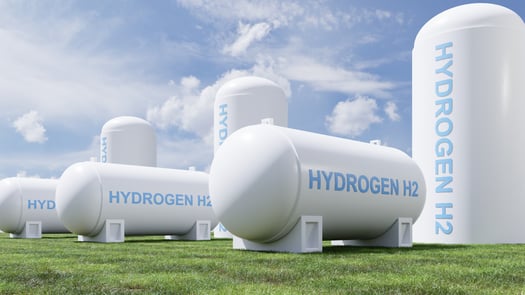 Once produced and managed, hydrogen can be destined for storage for later use or used directly as a source of clean energy in various sectors. In both cases, it is crucial to have advanced and specific technologies to ensure its optimal preservation (in the case of storage), availability, and optimized utilization.
Once produced and managed, hydrogen can be destined for storage for later use or used directly as a source of clean energy in various sectors. In both cases, it is crucial to have advanced and specific technologies to ensure its optimal preservation (in the case of storage), availability, and optimized utilization.
Hydrogen storage can occur in various ways, ranging from high-pressure tanks capable of compressing it into a gaseous form to sophisticated cooling systems that enable storage in a liquid state, as well as absorbent materials capable of releasing it when needed.
These systems require advanced and specific technologies to maximize the environmental and economic benefits derived from this resource and to ensure the optimal preservation of hydrogen, preventing leaks, ensuring gas availability when needed, and its efficient utilization.
The Role of Technicians Within the Hydrogen Supply Chain
All these elements, if properly taken into consideration, outline a scenario that requires not only the use of specifically designed tools and components but also, and above all, high specialization and specific expertise. These can only be obtained by relying on highly specialized partners with the necessary know-how for the design, development, and management of safe and efficient facilities.
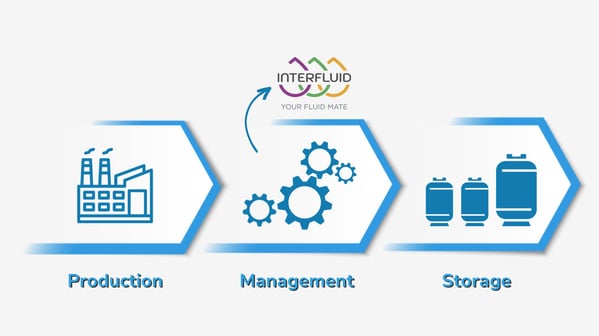
It is in this critical phase of the supply chain that Interfluid takes their place. As a specialized System Integrator, Interfluid can provide high-quality design solutions and components for piping, control, and system safety. Additionally, they play the role of intermediary among the various suppliers involved in a project, ensuring efficient and coordinated synergy and actively contributing to the integrity and efficiency of the plant.

